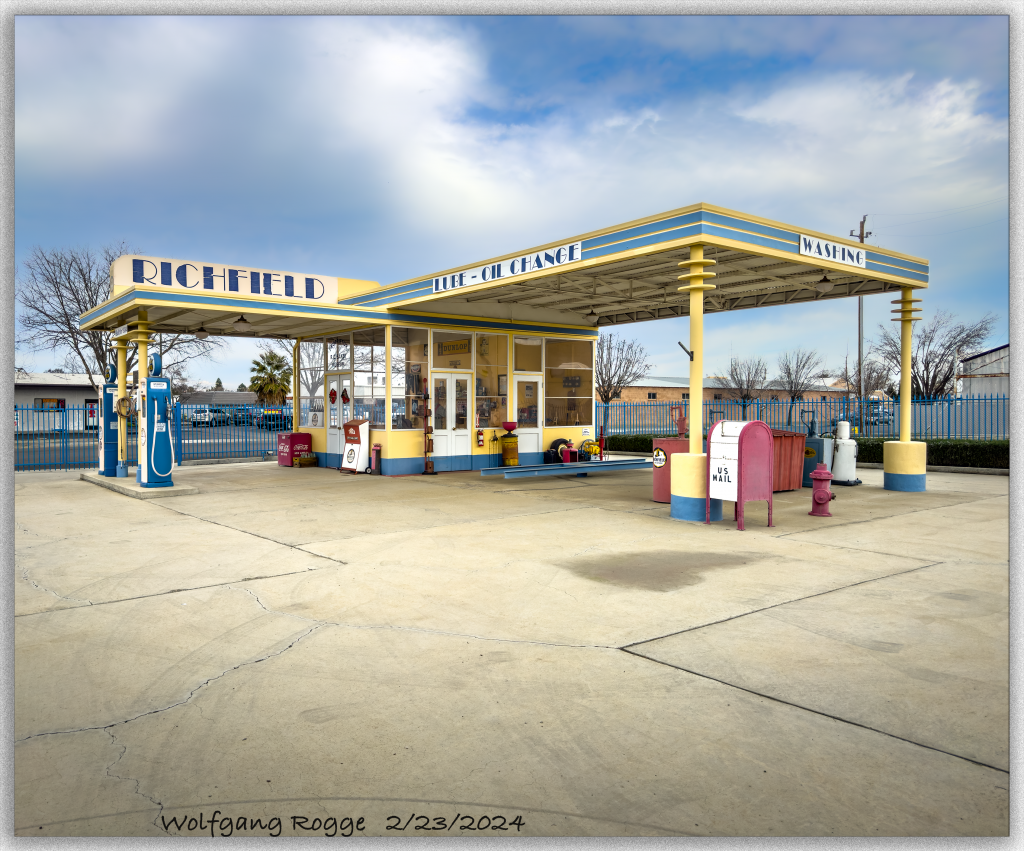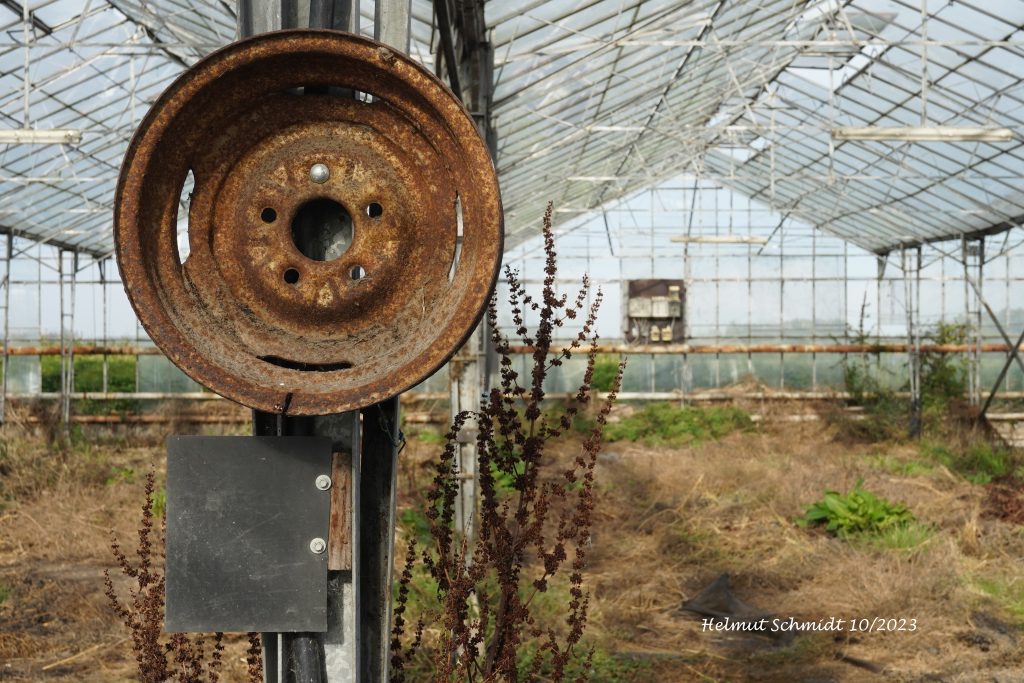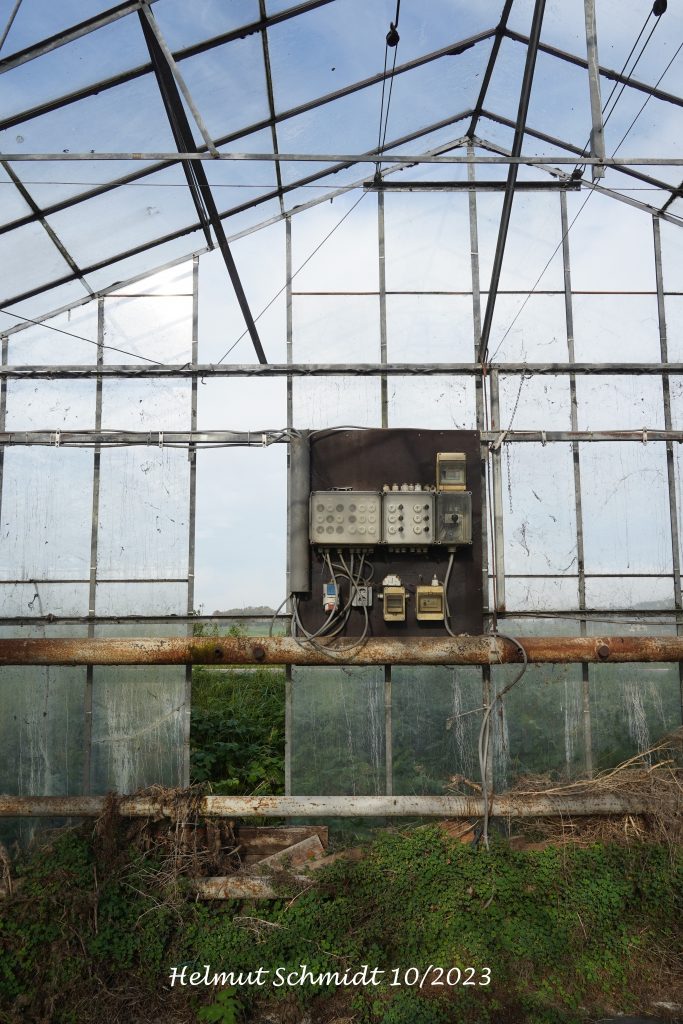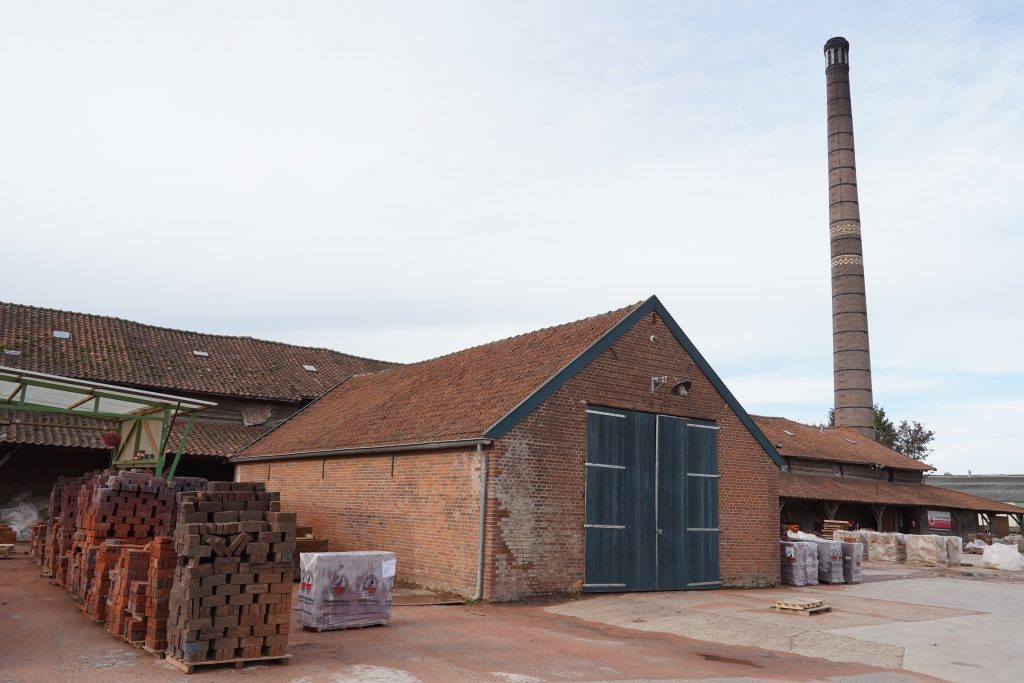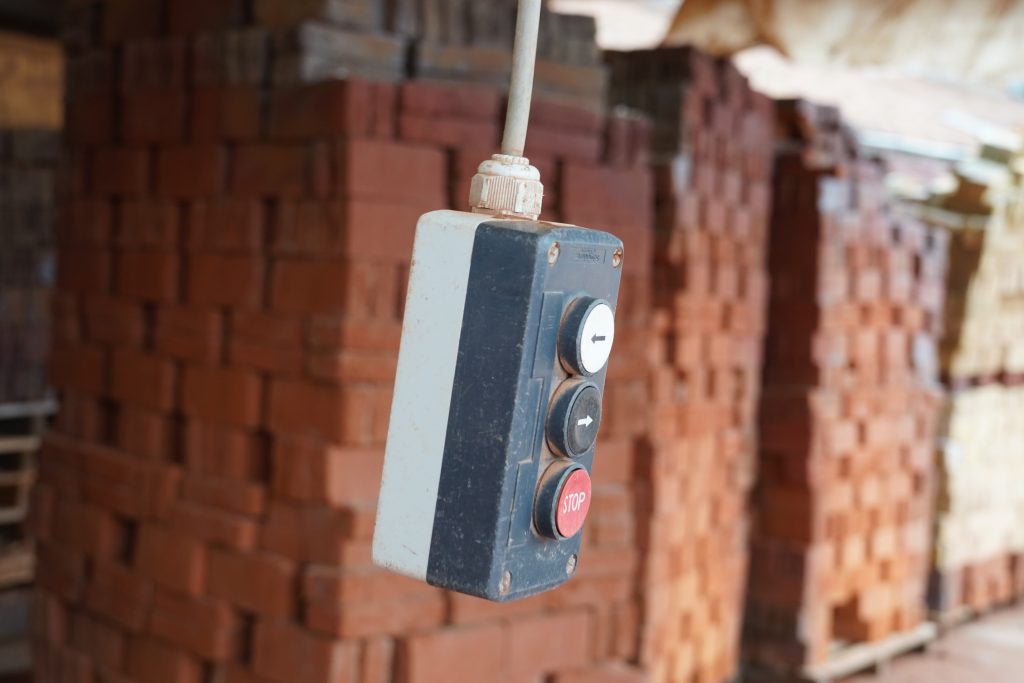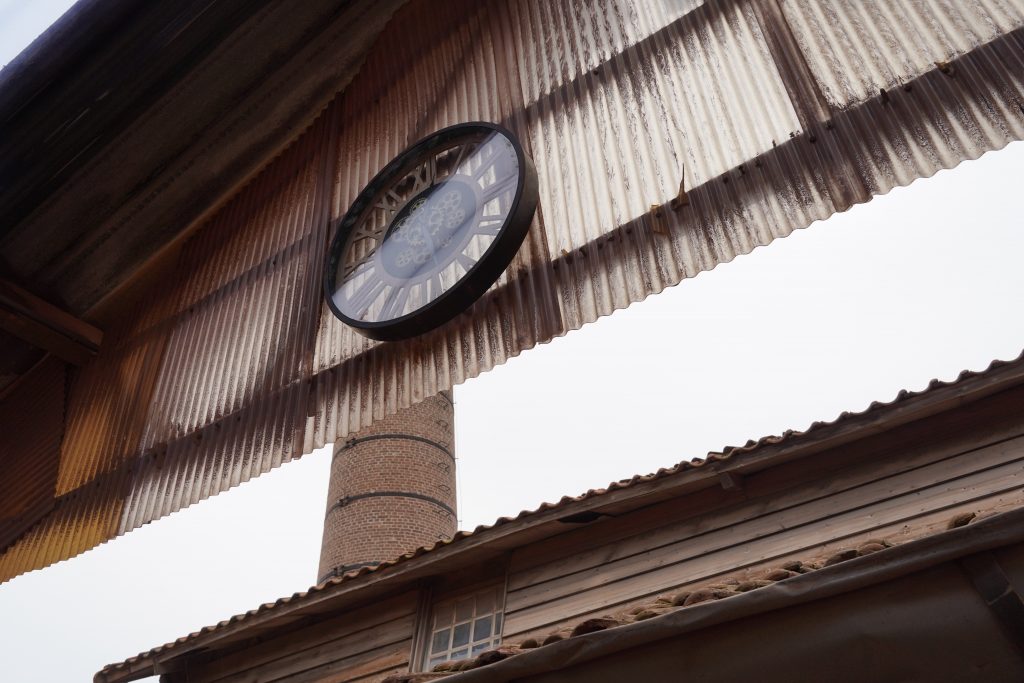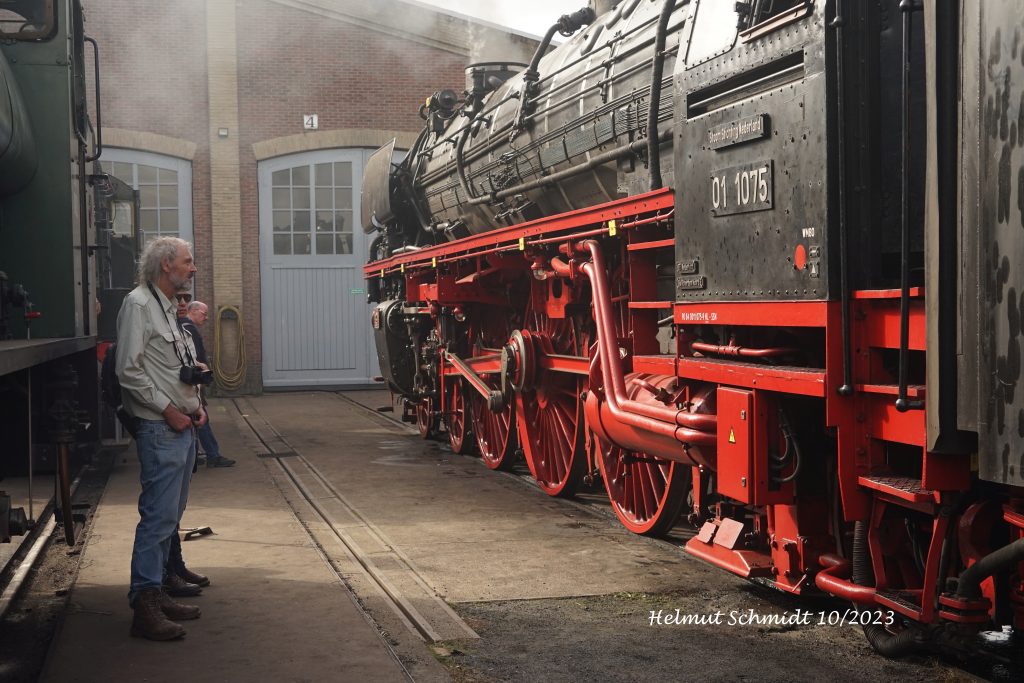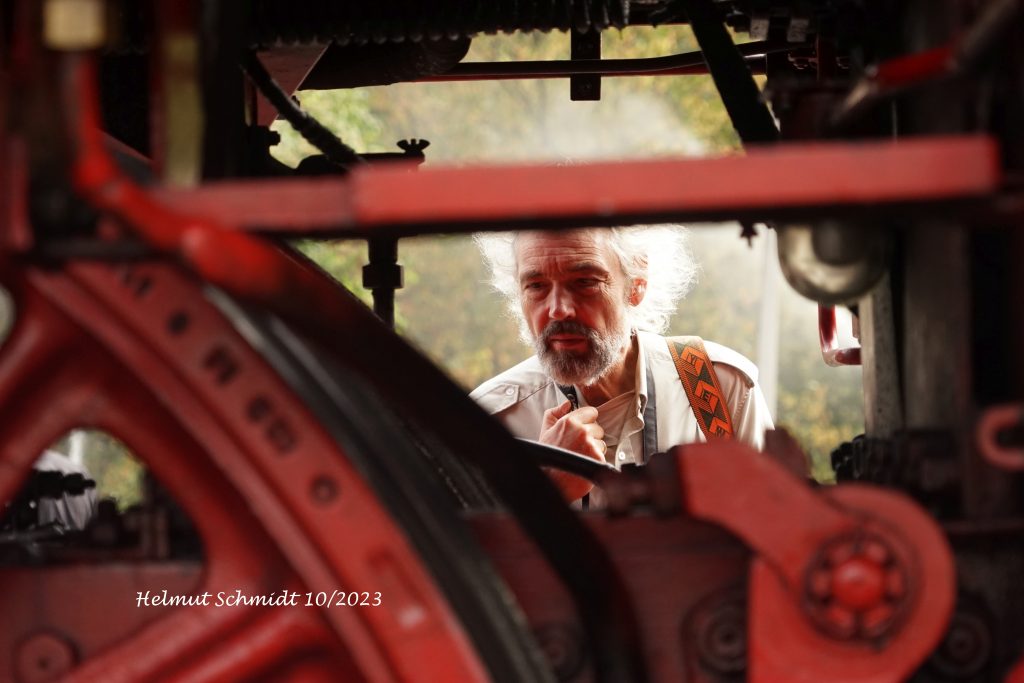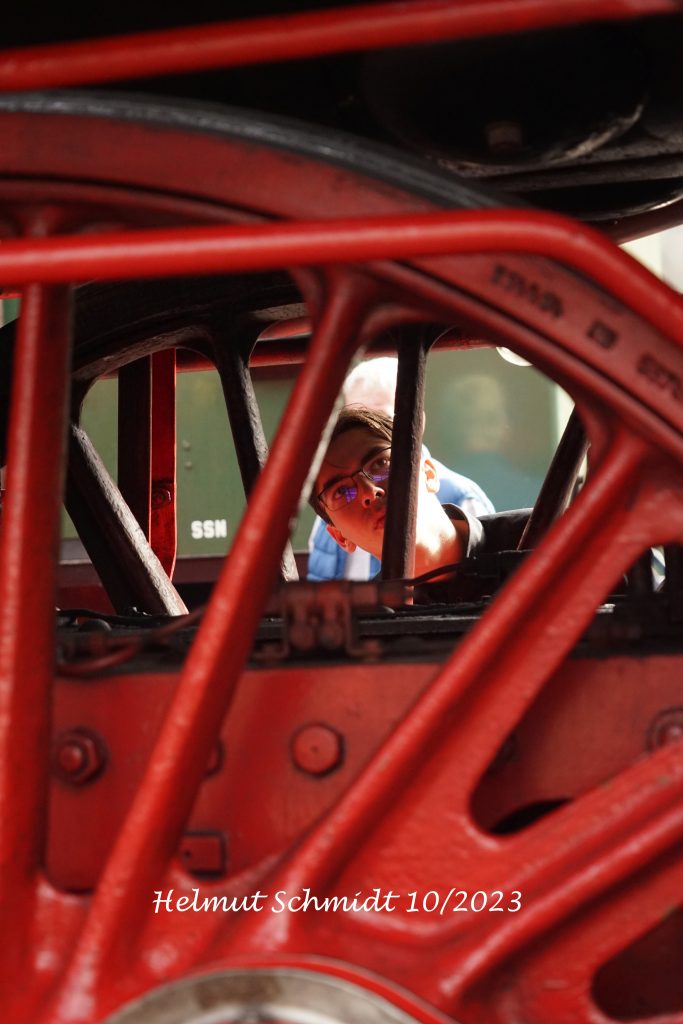Already last week, I shared pictures of a barn located along Highway 33 in Dos Palos. Driving onwards for another 50 miles or so along Highway 33 or using the old name Route 33 you come to Coalinga, located today in the western part of Fresno County.
By the way, just north of Coalinga, where Route 33 and Route 198 cross (Marker 333), the legendary bandit Joaquin Murrieta was killed in 1853 in Mariposa County. Yes, Mariposa County with all the Gold mines became the first county that reached West through the San Joaquin Valley and South, including present day Los Angeles. Mariposa county comprised originally 20% of California. In later years, it was broken up into 12 counties. Hence, also called “The Mother of Counties”.
Joaquin Murrieta, was also called the Robin Hood of the West or the Robin Hood of El Dorado. The novel “The life and adventures of Joaquin Murrieta by John Rollin Ridge (1854) is one of several novels that focus in one way or another on Joaquin Murrieta. The story goes that he was a forty-niner, a gold miner, originally from Sonora. Peace loving, he was driven to revenge after his brother and he were falsely accused of stealing a mule. His brother was hanged and Murrieta was horse-whipped. His young wife was raped, and some say that she died in his arms. Swearing revenge, he hunted down the Anglo tormentors. Apparently, he also stopped some gold loaded wagon to lift off the precious belongings. The State of California offered a reward of $5,000 for Murrieta, “dead or alive”. Reportedly, he was killed by a rancher at said junction, but myths arose about his possible survival. There are a good number of tales about him and his life. One of these days, I might investigate some more.
Coal was discovered in 1870 in the foothills of nearby Mount Diablo. The coal from several mines was taken by mule carts to three transfer locations, called Coaling Stations A, B, and C. In 1888, the Southern Pacific Railroad Company built a railroad serving those three Coaling Stations and transported the coal onwards to Alcalde in the Warthan Canyon, where then coal wagons were further on transported to Southern Pacific Railroad locations and used to power their steam locomotives. Eventually, a town developed around Coaling Station A, and for short, the name morphed from Coaling-A into “Coalinga”, which became an official town in 1906.
In 1909, rich oil fields around Coalinga were discovered, the coal mining quickly came to an end. The Rich Oil fields are still being pumped until the present days.
In Coalinga, a wooden pumping jack is displayed, similar to the one shown below, but not as pretty. Anyway, the pumping jack in town operated from 1918 until 1979 and had an overall lifetime production of 275,000 barrels of oil.
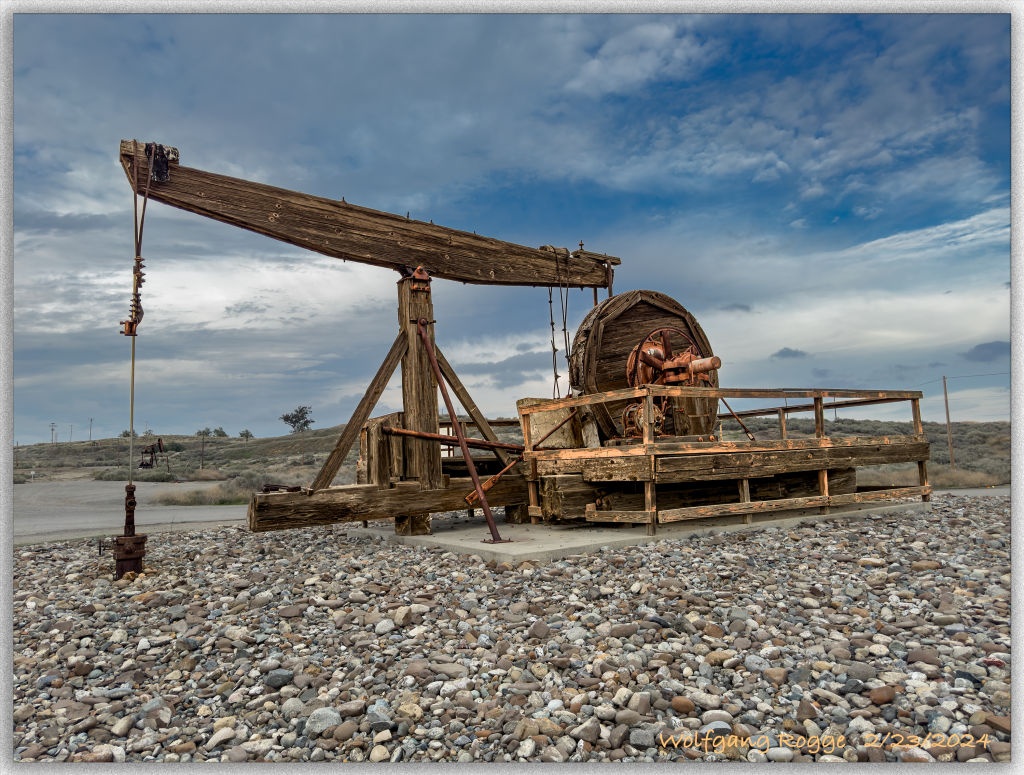
Today, modern pumping jacks are many times larger than the wooden one shown above, having about 20 strokes per minute with volumes ranging from 1-10 gallons per stroke, or up to about 5 barrels per minute. Below, pumping jacks in motion of an extended oil field with most likely hundreds of pumping jacks, just a few miles north of Coalinga.
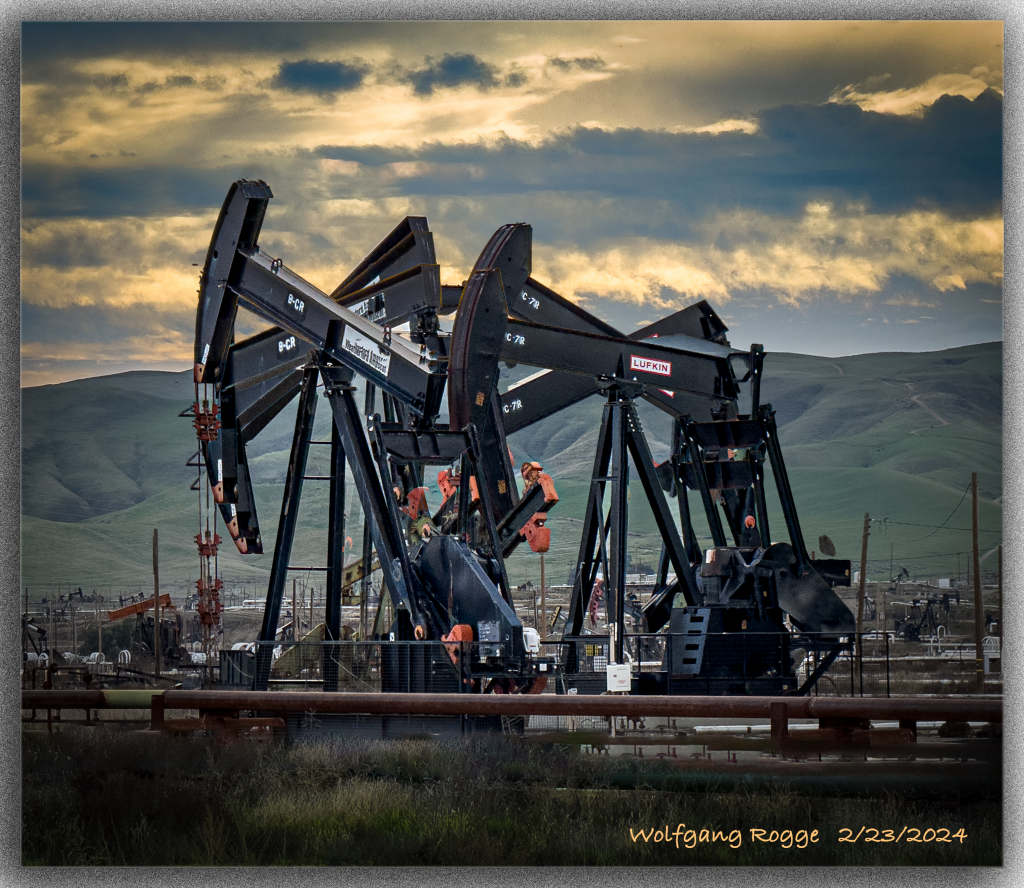

By the way, Coalinga had horribly contaminated ground water. Hence, water had to be transported into town from farther away, until the invention of reverse osmosis lead to a water purification plant in Coalinga. Another noteworthy environmental issue was a large asbestos mine in the foothills, that become eventually an EPA superfund site. Essentially, that means that the prior owners run off or “sold” the industry to somebody who essentially was close to be bankrupted … and then the tax payer had to pay for the clean up. A frequent approach in many nations on how to handle industrial pollution.
In town, there is also the R.C. Baker museum, depicting the coal, oil, and also other mining industries in the nearby land. It is apparently open from noon to about 5pm on Saturday and Sunday. The museum also harbors a 1934 Gas Station shown below.
In the good old days, a gallon of regular was just 14.9 cents.
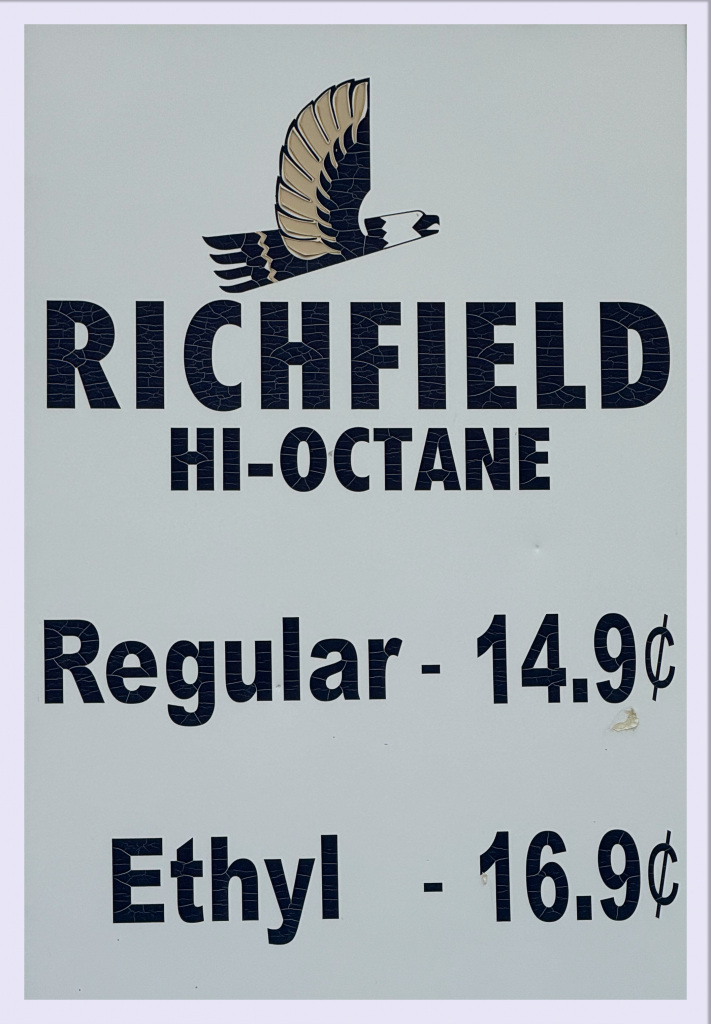
The “Richfield” Gas Station next to the museum, from the days when driving a gas guzzler was real smoking fun…. 🙂
